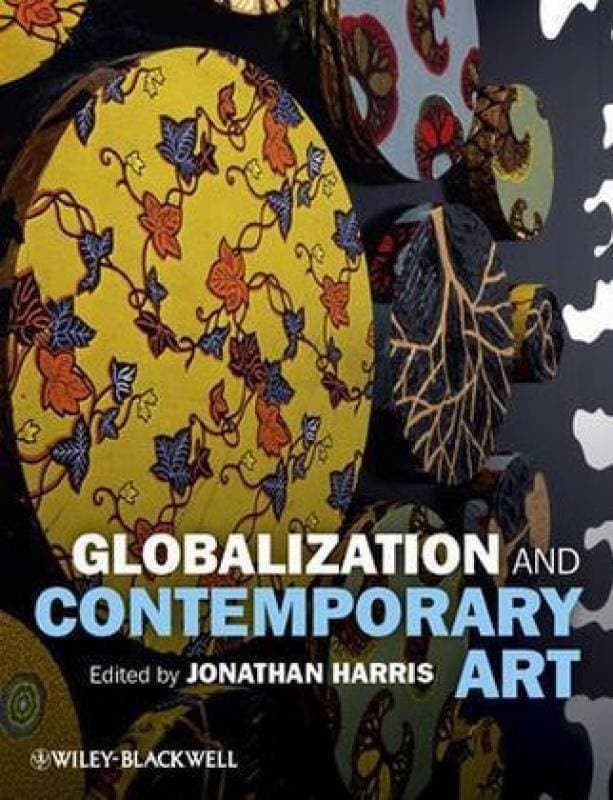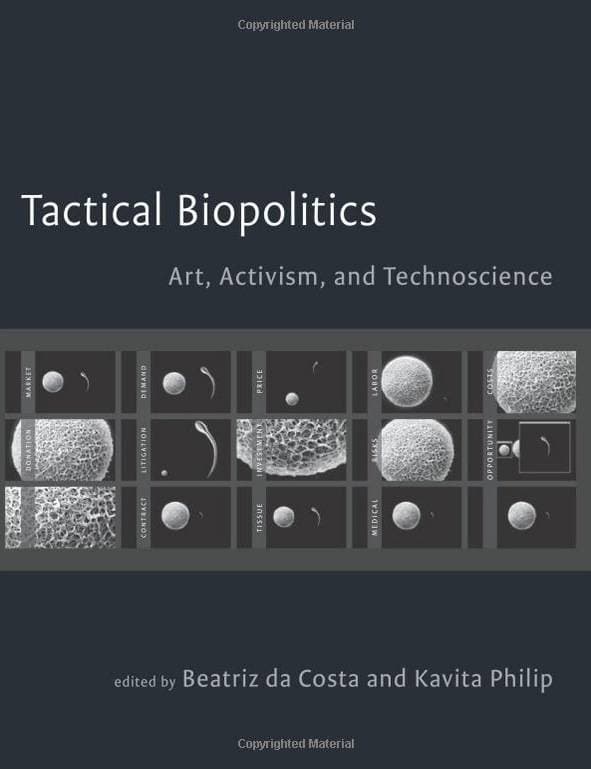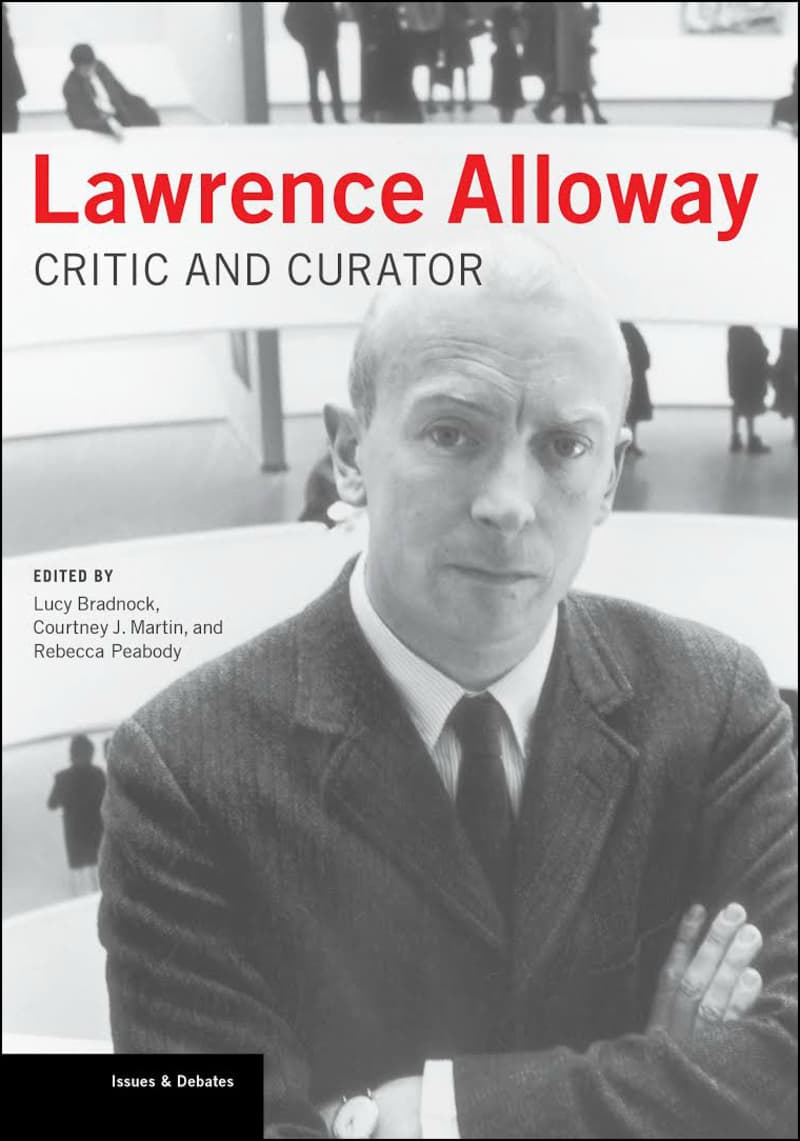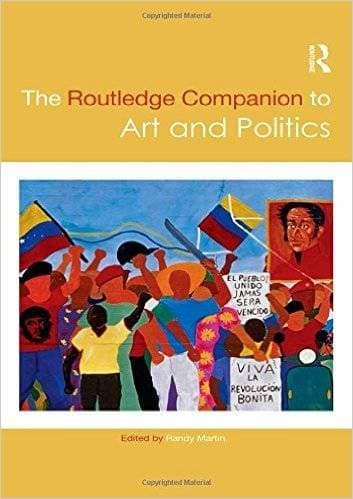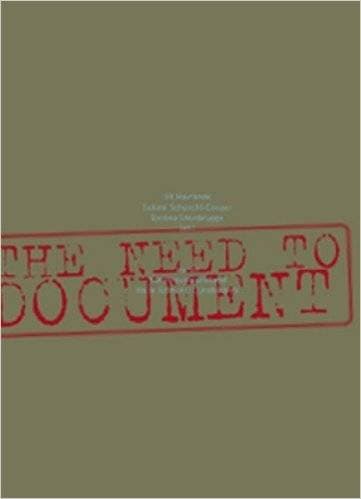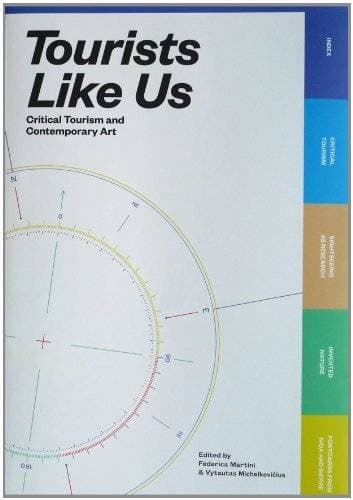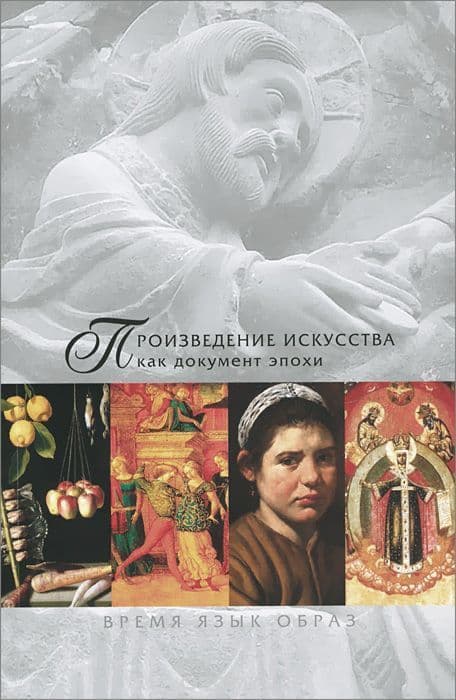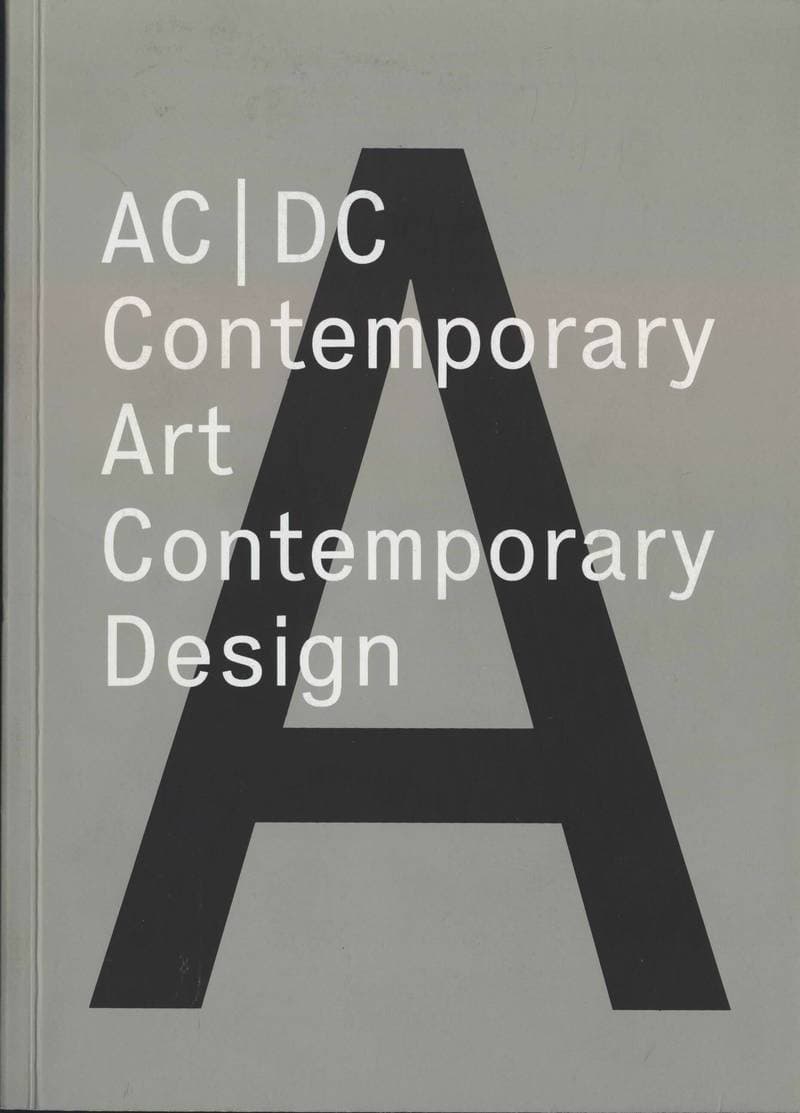Chance
The chance situation or random event--whether as a strategy or as a subject of investigation--has been central to many artists' practices across a multiplicity of forms, including expressionism, automatism, the readymade, collage, surrealist and conceptual photography, fluxus event scores, film, audio and video, performance, and participatory artworks. But why--a century after Dada and Surrealism's first systematic enquiries--does chance remain a key strategy in artists' investigations into the contemporary world? The writings in this anthology examine the gap between intention and outcome, showing it to be crucial to the meaning of chance in art. The book provides a new critical context for chance procedures in art since 1900 and aims to answer such questions as why artists deliberately set up such a gap in their practice; what new possibilities this suggests; and why the viewer finds the art so engaging.
Details
Rauschenberg Robert (Article author), Weiss David (Article author), Brett Guy (Article author), Acconci Vito (Article author), Cage John (Article author), Baldessari John (Article author), Nauman Bruce (Article author), Richter Gerhard (Article author), Morris Robert (Article author), Temkin Ann (Article author), Kaprow Allan (Article author), Dean Tacita (Article author), Buchloh Benjamin H. D. (Article author), Calle Sophie (Article author), Lacan Jacques (Article author), Meireles Cildo (Article author), Cooke Lynne (Article author), Archer Michael (Article author), Miller John (Article author), Birnbaum Daniel (Article author), Kracauer Siegfried (Article author), Ferguson Russell (Article author), Fischli Peter (Article author), Tucker Marcia (Article author), Deleuze Gilles (Article author), Bishop Claire (Article author)
London
2010
238 pages
9780262513920
Available on request
Yes
Yes
701.1 Ive
1
- Globalization and Contemporary Art2011
- Tactical Biopolitics. Art, Activism, and Technoscience2008
- Lawrence Alloway: Critic and Curator2015
- Artistic Ecologies: New Compasses and Tools2022
- Monumentalism: History, National Identity and Contemporary Art/ Monumentalisme: geschiedenis, nationale identiteit en hedendaagse kunst2010
- The Routledge Companion to Art and Politics2015
- The need to document2005
- Tourists like us. Critical Tourism and Contemporary Art2013
- Произведение искусства как документ эпохи. Время, язык, образ. Часть 12014
- Пространство ВХУТЕМАС: Наследие. Традиции. Новации.2010
- AC/DC: Contemporary Art/Contemporary Design2008
- The Encyclopedia of Fictional Artists2011

